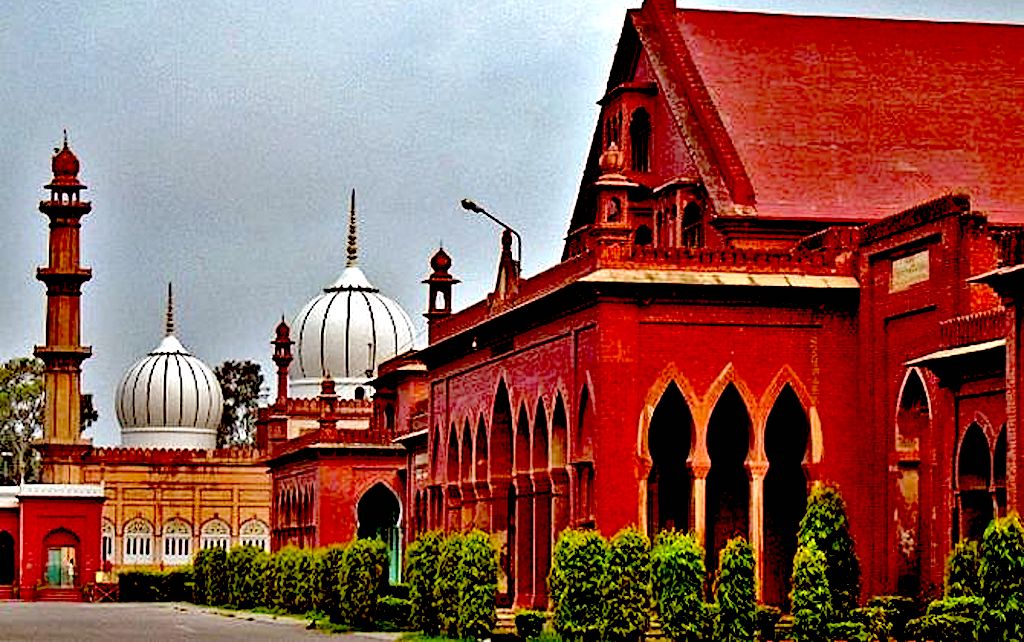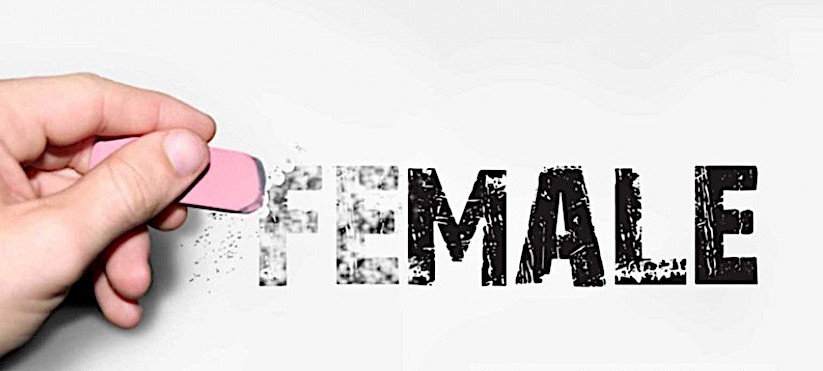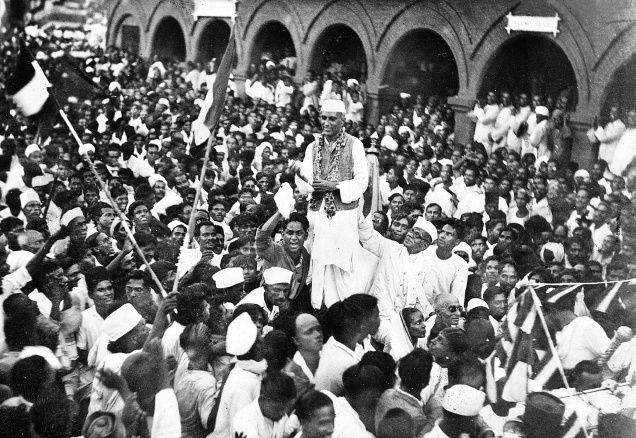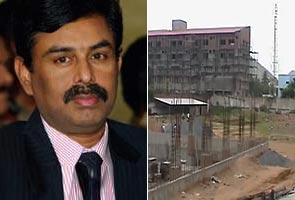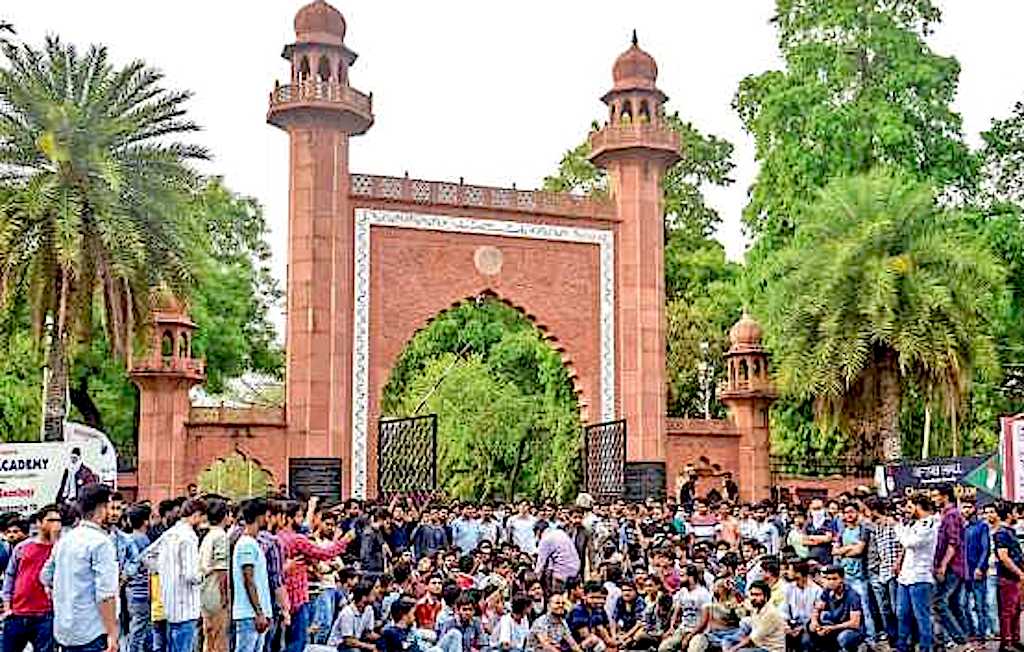On 17th October 2024, the AMU and its alumni spread across the globe celebrated the 207th birthday of [Sir] Syed Ahmad [Khan Bahadur] in almost all the important cities of the world. The reformist intellectual is the founder of the Mohammedan Anglo-Oriental (MAO) College (1877; it became incorporated as the Aligarh Muslim University-AMU, in 1920). Arguably, no other reformist intellectual or founder of a college gets annual tributes at this scale, worldwide.
His vision struck a balance between fostering scientific temper, quality education, and broad-mindedness while upholding Indian values, culture, and religious teachings. He recruited top educators, championed reason, and valued empirical evidence. By founding the residential MAO College, he created a platform for students to study modern sciences and literature without compromising Indo-Islamic identitarian concerns.
In the next few days, the Supreme Court verdict on its minority status is awaited. Meanwhile, the state of affairs within AMU on the administrative, financial as well as core academic (teaching and research) front is in great chaos. A question of great concern at the moment is, with or without minority status, will AMU remain a pocket borough, a fiefdom, of the chosen few?
Today’s Priority
An important question at the moment is, whether this annual feasting requires stock-taking and self-introspection as to what extent these passionate admirers are living up to the ideals and objectives of their founder-idol. How many of these people are asking themselves as to what is the academic output of his enduring legacy, the highest funded AMU today? Is everything near-fine with this historic University? Can the victimhood narratives of the “embattled Qaum” really afford deferring the task of self-introspection?
In 1899, a year after the death of Sir Syed, mainly led by an alumnus and later its Vice Chancellor, Sahibzada Aftab Ahmad Khan (1867-1930), the Old Boys’ Association was formed to raise funds and launch a campaign for upgrading the MAO College to AMU. Community dinner was organized only to take a pledge to earmark one percent of their income for the purpose. Sadly, this precise charitable community initiative has now been forgotten almost completely.
Rationalist interpretation of religious scriptures, practices, and customs was abandoned by Sir Syed himself succumbing to orthodoxy, otherwise, he may have lost the reluctant support of the Muslim landed aristocracy for the College. With this pragmatism, he concentrated on founding and developing a residential college, first at Aligarh, and then his All India Mohammedan Educational Conference (AIMEC) (founded in 1886) was to replicate this in other parts of the subcontinent. Nonetheless, embracing scientific temper, western technological and philosophical advancement remained Sir Syed’s emphasis and priority in the curricula of the College. This was something, Ghalib, the poet, had persuaded Sir Syed to embrace, in 1855, instead of focussing on the Mughal past. This was when Sir Syed had approached Ghalib to write a foreword for his annotated edition of Abul Fazl’s Aain-e-Akbari.
Unfortunately, the replication of residential colleges couldn’t happen, simply because the AIMEC misplaced its priorities and became an organ of the communal-separatist politics of the Muslim League.
The AIMEC couldn’t do much beyond the three accomplishments, viz., a Girls’ College, upgrading MAO to AMU, and foundation of the Jamia Millia Islamia (JMI) in 1920, by the sections of Aligarh which had turned more anti-colonial and more towards composite nationalism.
One can find many limitations in the adored and worshipped hero of the colonized society, on issues of caste, gender, religion, language, and nation, but one can also find bits of other, contrarian evidence on each of these specific issues as well, particularly in the writings and speeches of last seven years of Sir Syed’s life.
Sorry State of Affairs in AMU Today
Southern and Western Indian Muslims have created many educational Trusts and chains of quality institutions of modern and professional education, whereas the Northern and Eastern Indian Muslims lag far behind. On the contrary, the state of affairs in the Muslim minority institutions in general and in the AMU in particular, increasingly reveals that such institutions are least to impart quality education and these are more for providing employment to the mediocres. Anti-academic ethos represented by the sectarian and local, sub-regional clouts have been acting as termites, as these forces are deeply entrenched.
These authors are insiders of AMU with almost three decades of research and teaching experience. Forget about the long, detailed evidence of mediocrity, nepotism, and favoritism catalogued by various enquiry committees (Ibrahim Rahimatoola Report, 1927; AMU Official Enquiry Report of Prof G. C. Chatterji, 1961; Justice Mathew Report of 1997), what we see today that the AMU has touched a new low in terms of inbreeding, nepotism, and opaqueness in enrolments, regular examinations, competitive entrance tests, recruitments, and finances.
Unlike most other centrally funded non-denominational universities, AMU has many schools, administered by a Director taken from among its own professors. Several Vice Chancellors have come and gone but the Director firmly sticks into the office, presiding over a huge Revolving Fund to be (mis)utilized capriciously even beyond the schools. Concurrently holding positions of the Officer on Special Duty (OSD/Registrar) of the successive VCs and also on the Development Committee of the AMU, he lords over the finances and administration. Having continuously recruiting too many temporary teachers and other staff in these schools, he would now sit in the selection board to make all these recruits into permanent employees. Having adopted the norms of the Kendriya Vidyalaya Sangathan (KVS), the AMU’s Executive Council, heavily dominated by internal faculty members (ex officio, nominated and elected), has brazenly reversed the KVS norms and now only 30% component would comprise of written test, rest 70% would comprise of interviews in the selection board. This makes their intent pretty clear.
Given the fact that 50% of the admission seats are reserved for “Internal” students in all enrolments, these schools are the biggest feeders for the AMU. Since, such schools are administered by local, sub-regional lobbies, enrolments and recruitments in these questionable manners inevitably corrode the academic output of the AMU, in the worst possible ways. A good number of miscreants on the campus belong to the category such as students of AMU schools having been admitted in higher courses because of the reservation under the category of “Internal” students.
Other Directors are also continuing in their offices for brazenly longer periods, overstaying and over-extending their tenures. The Proctor too is getting extensions after extensions, who is also an ex officio member of the Executive Council. Looking after law and order, there is often an impression that the sections of hooligans are under their control with which VCs can be “blackmailed”. Many Principals (some of them ex-office members in the Executive Council) are appointed on an ad hoc basis
This further makes a stronger case against their tenure extensions. Moreover, academically deficient administrators are likely to wield weaker moral influence and authority upon the miscreants and even upon sincere students.
Financial chaos is at its nadir. Successive clout-wielding professors, during their administrative tenures, have recruited a large number of daily wagers. The UGC rules put constraints on releasing funds for payment of their wages, owing to the violation of recruitment rules and procedures. This has pushed AMU into huge financial crises and chaos. A thorough probe into such recruitments of non-teaching and teaching staff (Guest Teachers) would expose the irregularities, favoritism (based on kin and sub-regional considerations), and nepotism.
The statutory position of the Controller of Examinations and Admissions (CoE& A) has been occupied by one teacher, since 2018, in violation of the UGC rules which state to have this official for a five-year tenure, through proper advertisement and selection committee. Interestingly, the same teacher was de facto CoE&A in the capacity of OSD to the CoE&A. Also, he has been a local resident for the last several generations. Despite the exposure of the evidence of the compromised examination system [for instance, paper leakage of the B. Tech entrance test in August 2021-this paper was shared to expose it on the teachers’ WhatsApp Group; deeply flawed paper-setting and moderation (B. Sc. Industrial Chemistry, May 2024; the Department of Industrial Chemistry comprises of just two faculty members), yet, the paper was not rescheduled with another set of question paper; evaluating answer-sheets written with unfair means outside the examination hall and still awarding mark-sheet and degree to the student, etc.] by the teachers, the University administration chose to look the other way.
Such entrenched lobbies of certain clout-wielding teachers have developed so much “filthy” power in the decision-making bodies of the AMU that their resolve of inbreeding has now extended up to the panel of the VC wherein only the internal professors, not a single external, were impaneled in October-November 2023. (As yet, the AMU, unlike all other universities, doesn’t have a provision/practice of advertising the post of VC; the regular VC from 2017 to 2023 was also internal as well as local resident since several generations). The Union government therefore was left with hardly any option to bring an external academic as AMU’s VC. Locally settled VCs can’t muster enough courage to contain such cliques because they have to live among them even after completing their tenures.
This is why despite continuous reminders from the UGC and the Union Ministry of Education, replacement of such officials appears to have become impossible.
New affluent middle class of Muslims and NRI alumni haven’t been helping much in becoming vigilant ombudsman, even though this category too has got a quota of membership in the AMU Court, the supreme governing body.
Does this all suggest that the self-serving, opportunist Muslim elites of north India, dominating the AMU affairs, are unwilling to do course correction and to do the needful for the educational uplift of the community? All blame cannot be shifted completely to the doorstep of the state, the governing party, and the majoritarian hatred against the Muslims which are, of course, frightening realities of today.
The Muslim-dominated academics of AMU and its administration have to take up their share of the blame. They ought to be made accountable. Regardless of the awaited Supreme Court verdict, AMU needs a massive overhaul in its structures of governance, if the abovementioned persistent problems are to be solved to rescue the University from the historically entrenched, clout-wielding teacher-administrators.
Such a sorry state of affairs has a reason to make quite a lot of the AMU communities disillusioned and indifferent about what would the Supreme Court verdict determine about the AMU in the next few days. Why? Because, if we get minority status, we will govern ourselves more badly than we have been doing through the pernicious predominance of the Internal clout-wielding teachers inside the EC; if the Supreme Court gives a verdict against the AMU minority status, the power-elites will have only 40% of elbow space (in admissions and recruitments), so, they are likely to become even more vicious in exercising their monopoly. Will the Visitor/government-nominated members (replacing some of the internal faculty) in the Executive Council make a better difference? It is quite doubtful. Does anybody care?
Mohammad Sajjad is a Professor of History at Aligarh Muslim University (AMU) and M. Sajjad Athar is a Professor of Physics at AMU.
